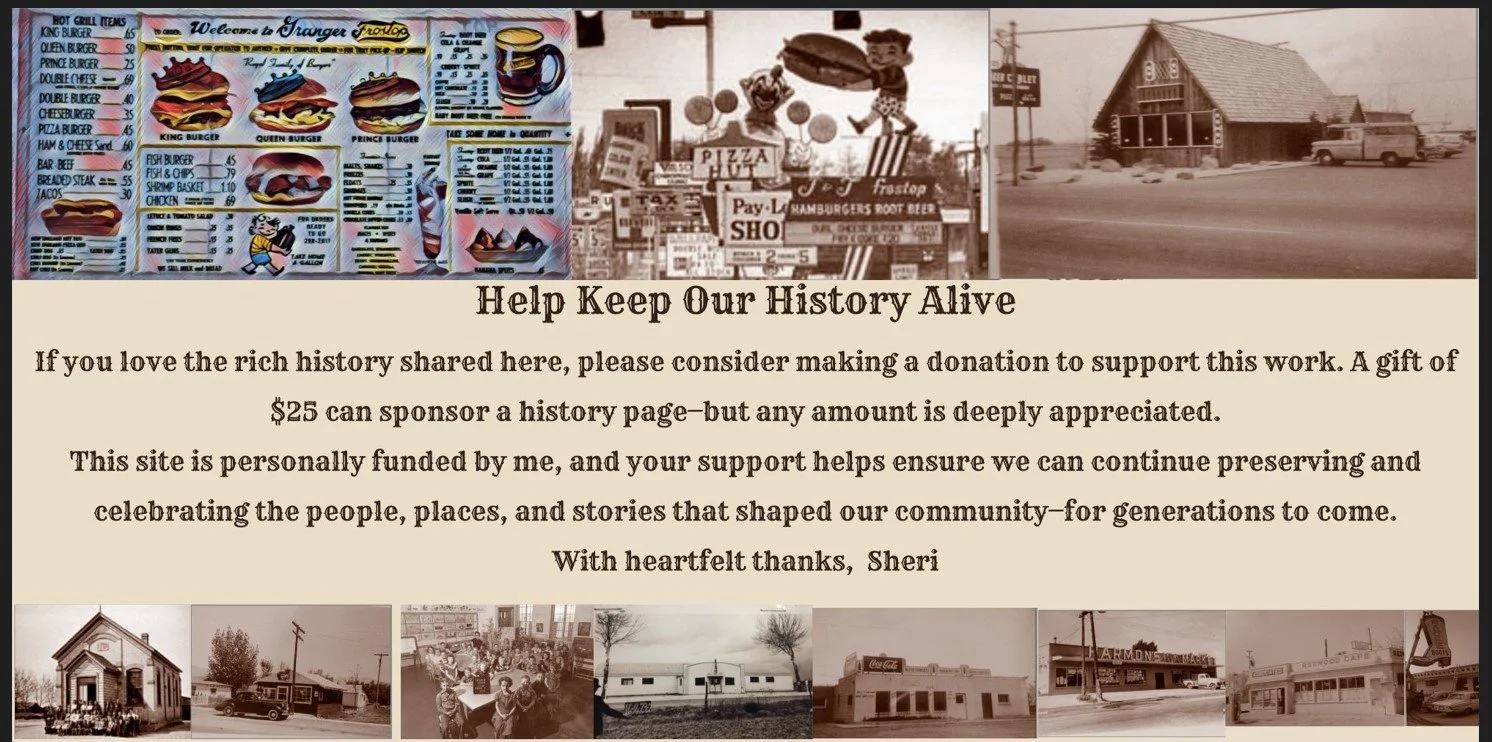West Valley Through Time: 177 Years of Growth and Grit (1848–2025)
From Dugouts to a Dynamic City: The Story of West Valley’s Growth
In 1848, pioneer Joseph Harker and a small band of Mormon settlers made their way across the Jordan River near what is now 3300 South. The group spent that first winter in dugouts carved into the riverbank, enduring harsh conditions before moving on to establish homes in what would become Taylorsville. Their determination marked the beginning of settlement on the west side of the valley.
By 1918, progress was paving its way through the community—literally—as 3500 South became Granger’s first paved street, transforming muddy farm roads into a true main thoroughfare.
The arrival of World War II in the 1940s brought rapid industrial growth to the Granger, Hunter, and Chesterfield areas. New factories and jobs drew families westward, setting the stage for the suburban boom that would define the next decades.
The 1960s and 1970s were a time of transformation: Valley West Hospital opened in 1964, Valley Fair Mall followed in 1970, and by 1975 the Hunter area had overtaken West Jordan as the fastest-growing community in the Salt Lake Valley.
A major milestone came in 1980, when the residents of Granger, Hunter, and Redwood voted to unite and incorporate as West Valley City. With a population of over 72,000, it immediately became Utah’s second-largest city.
Growth continued rapidly. Pioneer Valley Hospital opened in 1983, and a grand new City Hall was dedicated in 1990. By 1996, Governor Mike Leavitt officially declared West Valley a first-class city after it surpassed 100,000 residents.
Cultural and entertainment landmarks soon followed. The E-Center (now Maverik Center) opened in 1997, serving as a hub for concerts, hockey, and later, the 2002 Olympic Winter Games. The Hale Centre Theatre at Harman Hall opened in 1998, bringing professional live theatre to the heart of the city.
West Valley continued to invest in community life with a new fitness center in 1999, the Utah Cultural Celebration Center in 2003, and major expansions to Valley Fair Mall in 2010. The city also embraced modern transit with the opening of the UTA TRAX West Valley Line in 2011, linking residents more closely to the entire Salt Lake Valley.
By its 35th anniversary in 2015, West Valley City’s population had reached 135,000—a far cry from the handful of settlers who once sheltered in dugouts by the river. In 2019, the city celebrated the opening of a state-of-the-art police headquarters, a symbol of its growth and commitment to safety.
As West Valley City marked its 45th anniversary in 2025, it stood as a thriving, diverse, and forward-looking community—proof that from humble beginnings, great cities truly can rise

